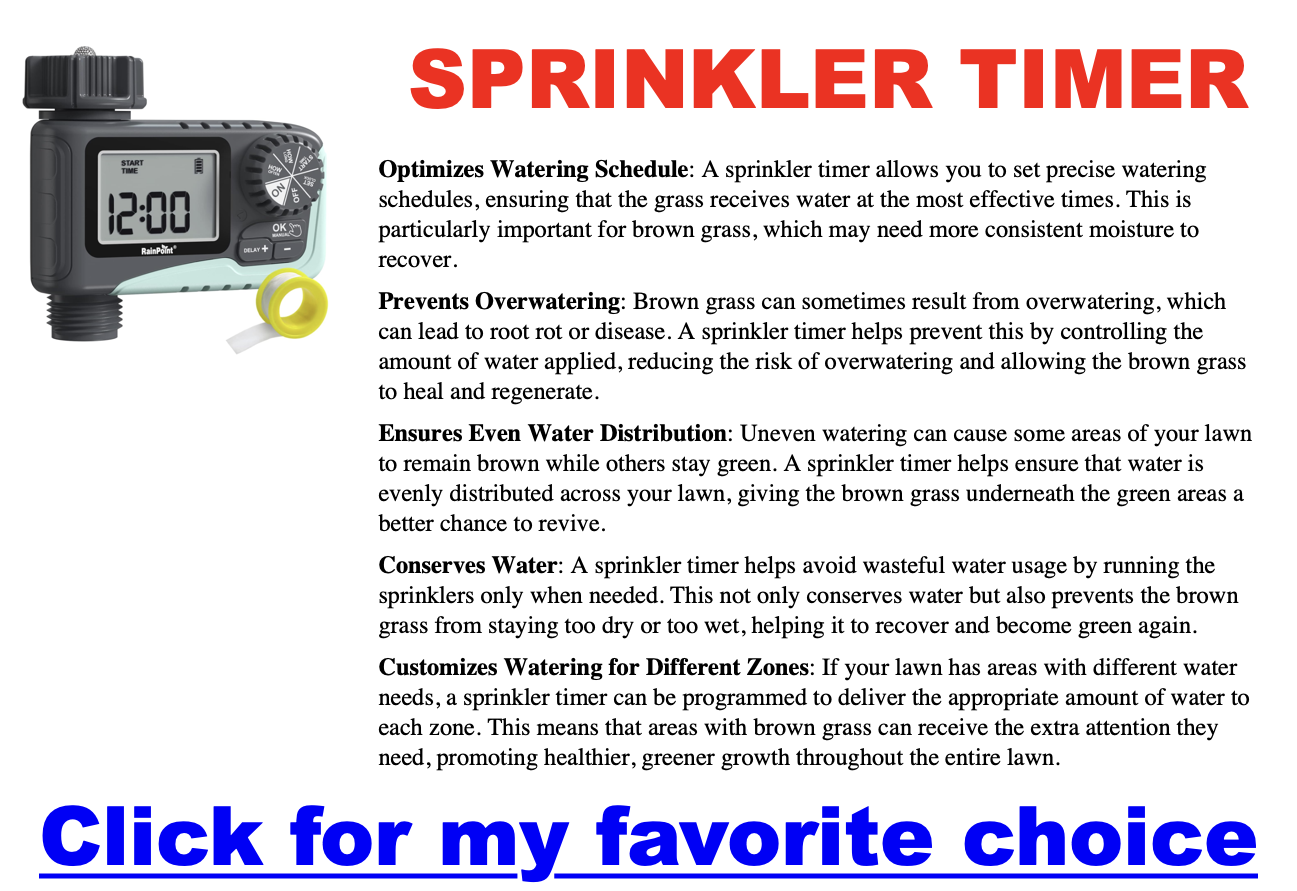Best Times to Water Grass (with Regions)
Maintaining a lush, and beatutiful green lawn requires proper watering, but timing is everything. Watering at the wrong time can lead to water wastage, fungal diseases, and even damage to your lawn. Let’s explore the best time to water your lawn and how to adjust your schedule based on your location.
The Golden Rule: Early Morning Watering
Across most regions, early morning is the gold standard for watering your lawn. Ideally, aim for the window between 6 a.m. and 10 a.m.
| Region | Best Time to Water |
|---|---|
| Northeast | 6 a.m. – 10 a.m. |
| Southeast | 6 a.m. – 10 a.m. |
| Midwest | 6 a.m. – 10 a.m. |
| Southwest | 4 a.m. – 6 a.m. |
| Northwest | 6 a.m. – 10 a.m. |
Why is early morning watering so beneficial?
- Reduced Evaporation: Cooler temperatures and lower wind speeds minimize water loss due to evaporation. This means more water reaches your lawn’s roots, where it’s needed most.
- Disease Prevention: Morning watering allows the grass blades to dry out in the sun throughout the day, which reduces the risk of fungal diseases that thrive in damp conditions.
Regional Variations: Tailoring Your Watering ScheduleWhile early morning watering is generally recommended, certain climates require slight adjustments:
- Warm Climates (e.g., Texas, Florida, Arizona):
- Consider watering even earlier in regions with scorching summers, between 4 a.m. and 6 a.m. This helps to avoid the peak heat that can cause significant water loss through evaporation.
- Cooler Climates (e.g., Pacific Northwest, Northeast):
- Early morning remains the prime time for watering. However, during particularly dry spells, watering in late afternoon or early evening can be an option. Just avoid watering too late at night, as this can keep the grass wet for extended periods, increasing the risk of disease.
Key Takeaways:
- Prioritize early morning watering: It’s the most efficient way to ensure your lawn gets the hydration it needs while minimizing water wastage and disease risk.
- Consider regional factors: Adjust your watering schedule based on your local climate and weather conditions.
- Monitor your lawn: Look for signs of stress, such as browning or wilting, and adjust your watering frequency accordingly.
Recent Posts

